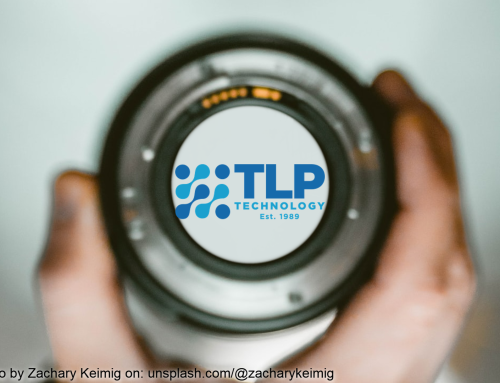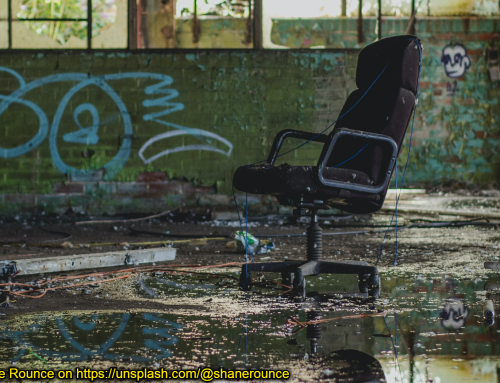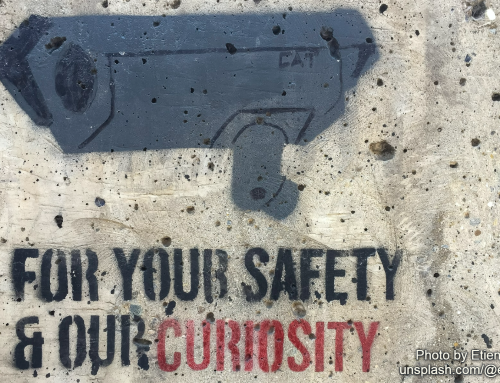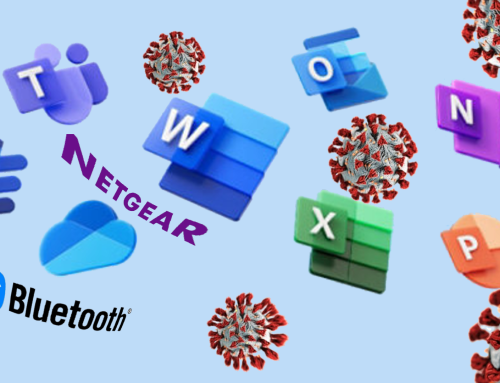Over the past couple of years we have touched upon quantum computing looking at how quickly the advancement in the technology had come, the potential overnight problem solving it could bring, as well as the very real threat it presents to online security, but then things went extremely quiet, or did they?
Well no is the short answer, typically the initial excitement wore off for the general press and public, after many articles outlining a step forward in ‘this’, or an advancement in ‘that’… but nothing more actually happening, though behind the scenes the race is well and truly underway, almost like the duck effect; on the surface of the water the duck looks calm and collect, while underneath its feet are paddling away wildly. The problem has been finding a means of trapping something which is not stable onto a solid state drive, and when I say unstable I mean there is nothing else in this world or universe that we know of that shares these same unstable characteristics, atoms. Atoms comprise protons, neutrons and electrons.
Over 100 years ago German Theoretical physicist Max Karl (Ernst Ludwig) Planck discovered ‘energy quanta’, or Quantum Mechanics to you and I, in short Max demonstrated that the electrons can appear in two places at the same time, the electrons showed characteristics of both waves and particles at the same moment however they could be switched between each other at a flick of a switch, crazy I know! So, how do you go about containing something not just unstable but you can’t be sure how it will, or where it will necessarily appear and while hundreds, thousands, millions or billions of these electrons are at work at the same time, this has the potential for quantum entanglement. Quantum entanglement as stated by Wikipedia is a physical phenomenon that occurs when a group of particles are generated, interact, or share spatial proximity in a way such that the quantum state of each particle of the group cannot be described independently of the state of the others, including when the particles are separated by a large distance, so basically there is the potential for both wave and particles to entangle with others where they would otherwise need to move freely.
However, there is another state that can and does occur where wave state particles join together to form a quantum superposition, where essentially the joined atoms and electrons spin in opposite directions or exist in two or more places at the exact same time, in a more controlled environment, and it is either of these different states that the experts were looking to achieve and they have. I’m sure you have heard of the terms ‘qubits’ or ‘quantum bits’, well qubits essentially create a quantum superposition, so placing many qubits into superposition will create mind blowing processing capabilities, the only problem is as it currently stands once the superposition has been created and used, it is immediately affected by environmental disruptions from naturally occuring energy quanta, so a form of qubit environmental protection from these disruptions needs to be created, and at present the only means scientists have found that does achieve this level of protection is by utilising inert gases like neon, when solid neon is sprayed onto a microchip it allows the electrons to come to the surface of the chip without them being able to penetrate that surface due to the nature of the neon, Kater Murch, quantum physicist at Washington University in St. Louis said “When you bring the electron near the surface of the neon, the electrons in the neon atoms get slightly rearranged and repelled by the electron, because like charges repel, but because the neon is neutral, this slight repulsion of electrons leaves a slightly positive charge that attracts the electron to the surface,”
But this too presents many of its own complications, the neon which is sprayed onto the microchip needs to be in a solid state which means it has to be frozen, well neon freezes at -248.59°C and boils at -246.048°C, putting that into perspective liquid nitrogen freezes at -210°C and to achieve that it needs to be kept in special conditions within a vacuum chamber, and just like helium and hydrogen, neon sits within a small fraction of gases that resist liquifying, so unless it is put under pressure in a container then it can pretty much only be in either a solid state or gas, and attempting to keep this low temperature maintained without causing damage to other computer components due to many possible adversities such as condensation, would suggest that we might still be a long way off of owning personal quantum devices, either way quantum computing is already here and we are on the cusp of experiencing its life changing abilities.
Thank you for taking the time to read this post and if you enjoyed this content and would like to see more content like this then please be sure to follow us. Alternatively if you would like help with your IT Support, or would like to find out more on our competitive prices then why not contact us today on: 01737 824 003 or email us at: support@tlptech.co.uk.









